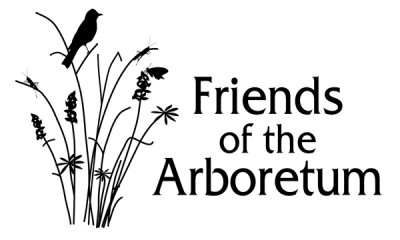COMMON NAME: Bristleleaf Sedge, Ivory sedge
SCIENTIFIC NAME: Carex eburnea – The Latin word for sedge is carex and it comes from the Greek word kairo which means “to cut” referring the long narrow leaves of many sedges with their sharp edges. Eburnea means ivory.
FLOWER: It has delicate inconspicuous white to green flowers.
BLOOMING PERIOD: May to June.
SIZE: 6-8 inches.
BEHAVIOR: It spreads very slowly by rhizomes. It will form porcupine like clumps and colonies.
SITE REQUIREMENTS: Loam, sandy or rocky soil; average moisture, but can tolerate a variety of soils and moisture conditions.
NATURAL RANGE: It is found naturally on ridges and bluffs along the Mississippi River. It is native to Eastern and Central North America. It is found in mixed conifer/deciduous forest, on calcareous substrate, under cedar thickets and on dunes.
SPECIAL FEATURES: This delicate little sedge does well in a shade garden. It is heat and drought tolerant. It tolerates deer and heavy shade. It is an early season food source for birds. It goes dormant in the heat of summer before greening up again in fall. It has orange to brown fall foliage.
SUGGESTED CARE: Cut the foliage to the ground in late winter.
COMPANION PLANTS: Stytophorum diphyllum or Athyrium

